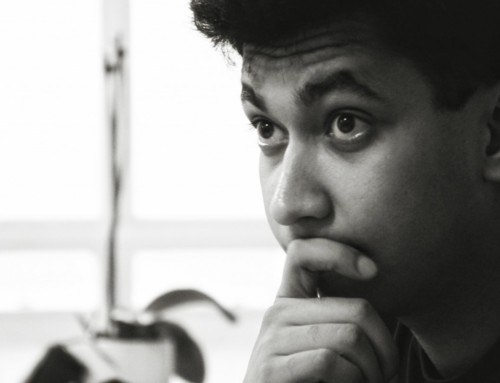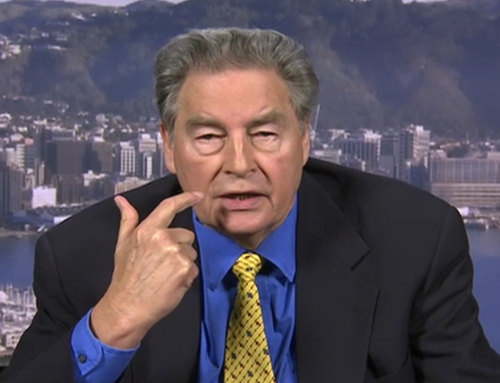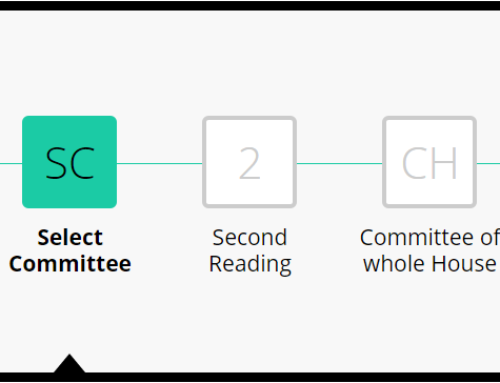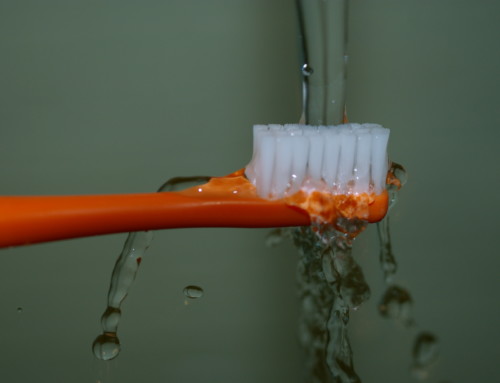We have another guest post today by Gordon Burnside from New Plymouth who is a Taranaki Daily News columnist.
Mt Taranaki photo by me.
Leaving ‘pure’ water to the ducks
I saw an online comment by a concerned New Plymouth District Council (NPDC) resident irate at the suggestion council may charge for water. “water is free and it’s our human right to have it”.

Lake Mangamahoe. Credit: Phillip Capper.
Interesting, though false concept that it’s a human right, but at source it is free. You can go to Lake Mangamahoe reservoir or any river or stream and get yourself two free buckets of water any time you want. The second would be vital to flush the remains of the first down if you dared to drink it. You’d probably get a good dose of giardia or other water-borne bug and unless you’re a duck, eel, trout or Canada goose you’re going to need to purify that water, especially that from Mangamahoe and that costs money.
For the longest time New Plymouth had the dubious distinction of enduring the grossest water in New Zealand, if not the world. It stank like swamp water and required an inbuilt resistance to whatever was in it.
When we arrived from Hawke’s Bay in the 60’s where we’d lived on tank water every single one of us went down at the same time. Even Mum and Dad were incapacitated, all puking and running back and forth to the two bathrooms for about three days until we got used to it. Our Aunty, a nurse, rushed in from Levin to look after us all until we came right.
We were told it was quite normal, but because hardly anyone came to New Plymouth back then no one bothered about it much. It might seem incredible but it is absolutely true, everyone got it on arrival, like “Delhi Belly”. Obviously it’s picked up from there but whilst there’s still the oft mentioned chlorine smell from our water, it’s better that than the “eau de ducks butt” it used to be. So Council treat the water and purify it adding God knows what chemical cocktail in the process then finely filtering it to remove most of it, the taste and the odour as much as possible.
Then they very kindly deliver it to our doors, as fresh and safe as it can be and hardly recognisable from its natural state. We’ve been able to trust the engineering and personnel for the longest time to get it right and to date I’m not aware of them killing anyone by mistakenly putting too much of this and that in it. The system can be trusted quite clearly.
Building better bulls
Many years later I leased the Lake Mangamahoe forest (below the lake) from council for grazing. It was the beginning of agroforestry and no one thought it would work and largely, they were right. My bulls didn’t prosper in the still young forest.
Soil sample tests confirmed the ground was seriously short of selenium and copper. I knew Taranaki was generally selenium deficient because Farmer Joe Mooney used to add Selenium to his pastures and grew legendary Friesian steers on his farm where the Links is now.
His fences had to be about 45cm higher than anyone else’s and still the big boys dwarfed them. They also had a bone and meat density an average 20% higher than any comparable size of steer from anywhere else which made them worth 20% more than anyone else’s cattle at the freezing works.
So I had FBT spread fertiliser with added copper and selenium along the fire breaks and my bulls immediately responded. At the bull fair that season my 80 odd 2 yo bulls, shiny and bursting with bull vigour, topped the sale for every breed I presented, awesome stuff and from a cheap, natural, fix. Selenium and copper are naturally occurring trace elements not ‘chemicals’ but too much of either is not a good thing. Too much copper for instance and you could become a conductor, but Taranaki is largely deficient in it I’m told but most especially the soil is selenium deficient.
It’s all about the traces
This means locally grown vegetables can’t get it from the ground to give us the daily minimums we require because it’s not there, nor is it in the grass the cattle and sheep graze for us to get it that way. Similarly fluoride is a trace element, naturally occurring in balanced quantity over much of the inhabited world, but deficient in most of New Zealand. Our teeth in particular suffer as a result since its a vital building and maintenance block for our teeth.
What else in our bodies require it is unknown to me but I’m not a scientist or naturopath. What is known is that despite countless scientific research tests, trials, surveys, study of statistics, no professional, without any financial interest in his own outcome, has been able to discover or demonstrate any reason whatsoever why the fluoride element should not be added to water to bring levels to normal. On the other hand, Fluoride is cheap to buy, it’s not from some massive secretive industry with unlimited funds to bribe its way into use, its cost is a nothing.
Every world health and dental health agency in the world recommends its addition via the water supply in areas deficient like ours. We owe it to ourselves, our kids and grandkids to fix this pause in fluoridation. My father lost all his teeth while attending New Plymouth Boys’ High School (NPBHS) by age 13 but that was normal for the 1930’s. Mayor, Councillors? Please do not take us back in time or keep us there? Comment on Burnside of Life.







Hi Gordon, I would like to invite you to hear two PhD scientists refute pretty much everything you have just said about fluoride.
The presentation will be held on Wednesday 25th February at 7pm in the Great Lake Centre, Taupo.
http://fluoridefree.org.nz/dr-connett-speaking-tour-2015/
lol, why the travelling circus Kane? Gordon has access to a large number of dentists, academics and health care professionals “phd scientists” in his home district of Taranaki…
Sorry Luke, you are right. I had forgotten that New Plymouth is not fluoridated. Good call.
Exactly, the heartening part is that the travelling circus has not returned to Hamilton, we can only hope the same for New Plymouth as they heed Gordon’s advice.
Two PhD scientists who have never done any original work on fluoride. See http://msof.nz/2015/02/facts-on-fluoride-action-networks-visit-to-nz/